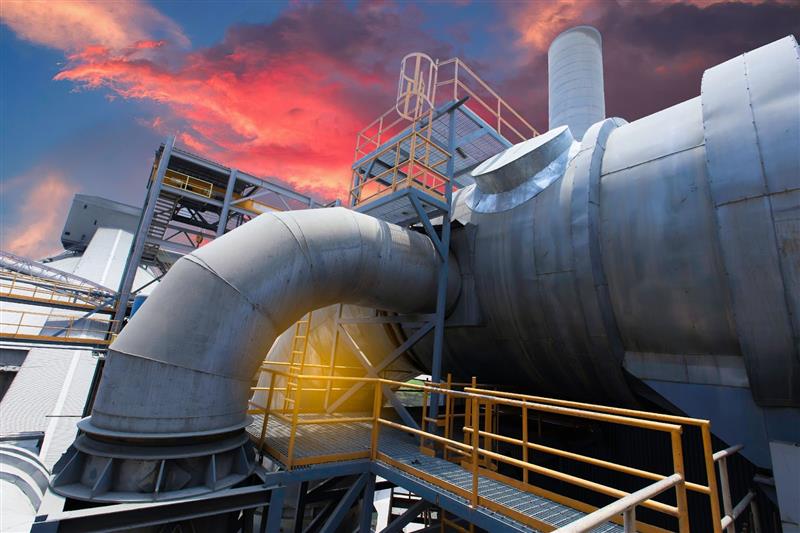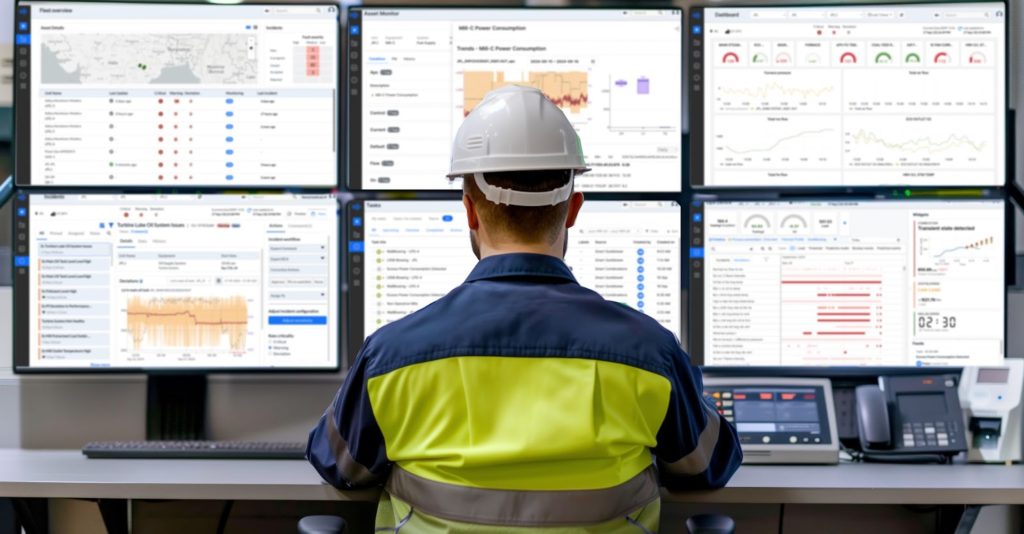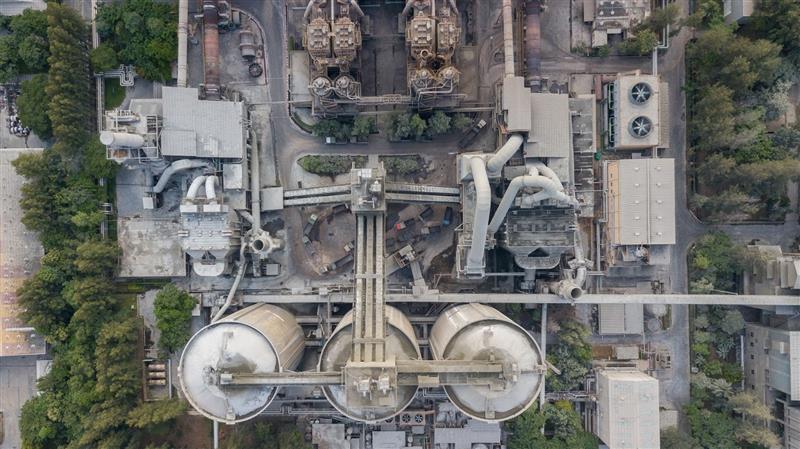Overview
The efficient operation of clinker coolers plays a crucial role in optimizing energy use in cement production. Pulse’s Intelligent Digital Twin provides a data-driven approach to improving cooler performance, addressing inefficiencies, and maximizing outcomes. It enables precise heat recovery, lowers specific energy consumption, enhances process stability, and boosts power generation from Waste Heat Recovery Systems. This innovative solution supports cement plants in achieving higher efficiency, sustainability, and profitability.





